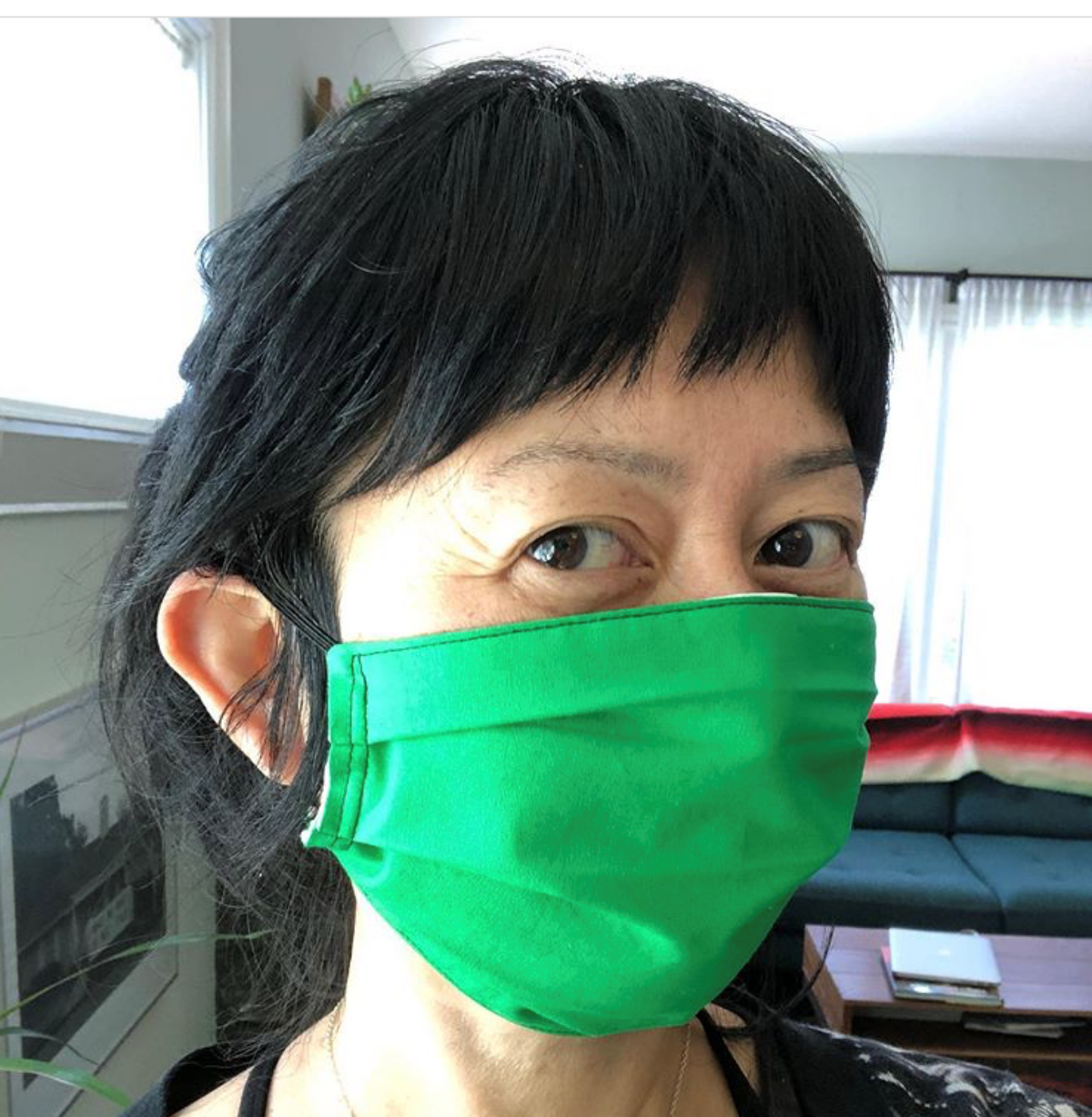Not long into our phone conversation, Stephanie Syjuco tells me: “My parents are in the Philippines, a developing country that’s going to be hit very hard. Working on my own artwork, right now, it feels rather insignificant. This sounds like a harsh way to say it, but that’s not where I want to put my energy.
“This is a time to mourn, not just my plans, but also mourning for what I don’t even know yet.”
Her state of mind probably needs no explanation, but let me briefly take us back before the coronavirus erased all plans and made the future a source of grief. A sudden fissure divided our collective experience into time-before and time-after. We’re all living weeks that feel like months. Syjuco’s passage from working artist to being another anxious person seeing an abyss behind and an abyss ahead, is unlike the rest of us only in its details. Let’s follow her path from where she’s been to where she is, as it has run parallel to our own.
Last fall, Stephanie Syjuco was excited. Her exhibition at CAM was up, extending from two main gallery spaces through the performance space and into the courtyard. The show, Rogue States, received critical acclaim both nationally and in St. Louis’s local press. Opening night filled with appreciative audiences. Her artist talk was standing-room-only. Ahead of her was a sabbatical from UC-Berkeley, plans for new exhibitions, a residency at the Joan Mitchell Foundation in New Orleans, and a fellowship from the Smithsonian that allowed her access to resources within the institution’s impressive archive collection.
Let’s go back even before September, the summer before her CAM opening. Syjuco spent a two-week residency researching archives in many of St. Louis’s historical institutions, uncovering material and images relating to the 1904 World’s Fair and its “living exhibits”—ethnological attractions featuring people shipped from around the world and placed into recreations of their native villages. The largest of these was the Filipino village, with more than 1,000 displaced men, women, and children from the island nation recently invaded by the United States. These images became a basis for site-specific works in the CAM exhibition.
Following the completion of Rogue States, Syjuco was eager to continue her investigations into American colonialism in the Philippines—an event that marked the beginning of the rise of American empire across the globe, and a moment in history few Americans know. The Smithsonian Artist Research Fellowship gave her the impetus to take two trips to DC, delving into the archives of the National Museum of American History. “Like my installations at CAM last fall,” Syjuco told me from her home in Oakland, “I’m relating history to the present political times.”
In early March, the Joan Mitchell Foundation residency began, where Syjuco focused her energies on two months of undistracted art making—building, printing, connecting with fabricators. A major exhibition at her San Francisco gallery was scheduled for September.
Less than two weeks into her residency, the arts center closed. “Maybe that’s a reason I don’t want to pick it all back up,” Syjuco says, as much to herself as to me. “Eight months of planning.”
Syjuco, like the rest of us, entered the after-time. Syjuco made her way back to the Bay Area—which in those days was at greater risk than Louisiana—only to discover that UC-Berkeley, where she taught and maintained a studio, was shut down.
She felt “disoriented and unprepared. I went from full art-making production to nothing.” Her void was filled by concerns for her family and her community.
Which catches us up to the present, strangely still not far from when time split between before and after. Syjuco’s energies, whether in the form of art or protest, are always drawn toward social and political concerns. She reveals the deformities capitalism inflicts upon society, the falseness and harm of racist depictions of groups and individuals.
It is not surprising to hear that Syjuco’s present-day activities involve directing her skills and the materials she has on hand toward more utilitarian service, transforming her home into a one-woman factory.
“I’ve been making face masks, not for medical use, but for community members and groups who need to be out in public and have nothing.” Syjuco emphasizes that this is a “last resort” form of protection, but many people don’t have anything else. “This allows for some personal protection. It’s the lowest rung of protection and makes people feel more comfortable being in public. I’m able to make twenty to fifty a day. I make them for people locally and I’ve mailed them out to organizations in Chicago, Portland.”
A 10 x 20 foot backdrop of chroma key green fabric, a material Syjuco used in her CAM exhibition, she renders into masks for those who are not even privileged enough to be a part of a disastrously inept supply chain.
Now Syjuco is practicing direct action, putting her artist’s hands to use.
—Eddie Silva
